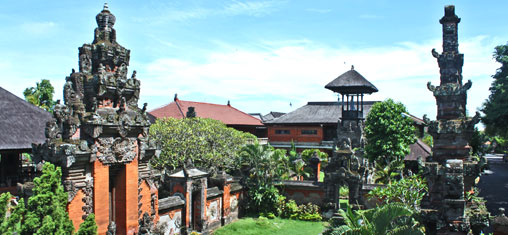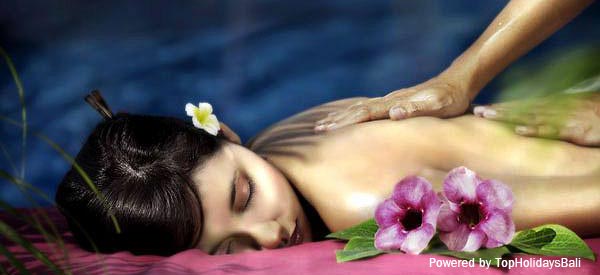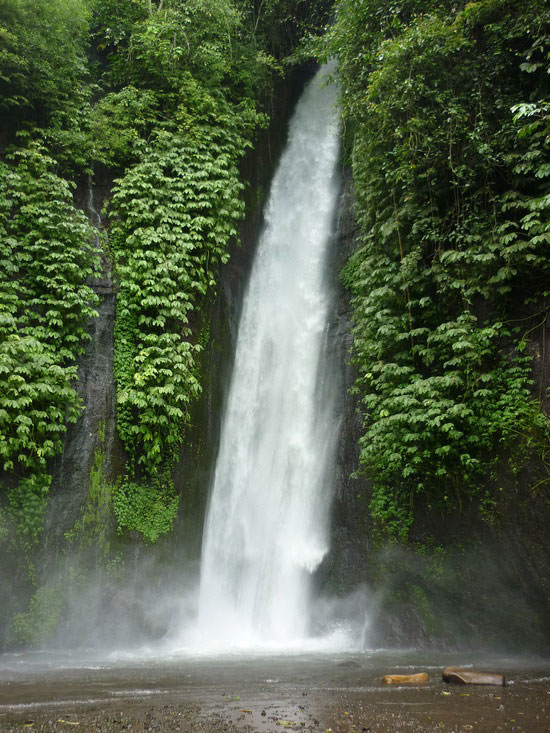Located :
Bali Museum lies on the center of Denpasar, in the eastern part of Puputan Badung Square. At the northern part you can see Jagatnatha Temple. It is very easy to reach because it is located in the center of the city.
The Bali Museum in Denpasar was built in 1931 and it is unique collection of buildings and art. Designed by architect P.J. Moojen, the exterior walls, courtyards and gates, are designed in the style of a Denpasar Royal Palace. There are gedung (pavilions) on the site representing the different regencies in Bali. These are built in the style of that particular regency. Among the highlights at the Bali Museum are:
1. A carved stone main entrance
2. A ceremonial Kori Agung (stone capped gate) which is made from bricks (no cement) and volcanic stone reliefs
3. The elegant carved , gilded, palace doors, are from the 19th century. Stone sculptures from the 16th and 19th Centuries, line the veranda of the main pavilion. Ritual masks, musical instruments and puppets from the 19th century are on display. in the pavillion at the far left side of the museum
4. Bronze cannons from the 17th century, that were originally made for a prince, complete with a dragon’s head
5. The bale structure inside the left side of museum is decorated with stone motifs
6. The pavilion to the right side of the museum contains a collection of prasati (bronze age plaques) that sing the praises of a 10th century king.
7. When you enter through the main entrance you will see to your left a multi-towered Kulkul (bell tower with slit log drum).
8. In the center pavilion are textiles made in the Bali Aga villages, including the Geringsing, double ikat from Tenganan
Descriptions :
Originally established in 1910, by a Dutch official who was concern at the export of culturally significant artifacts from the island, the museum was destroyed in a 1917 earthquake. It was rebuilt in the 1920s, but used mainly as a storage facility until 1932, when the German artist Walter Spies and some Dutch official revived the idea of collecting and preserving Balinese antiquities and cultural objects, and creating an ethnographic museum. Today the museum comprises several building pavilions, including examples of the architecture of both the palace (Puri) and the temple (Pura), with features like a split gateway (Candi Bentar) and a warning drum (Kulkul) tower. Exhibits are not always well presented and only some have useful English label, but it’s good place to see authentic, traditional painting, masks, woodcarving and weaving before you consider buying something from the craft and antique shops.
The main building, a new two storey structure behind the entrance, has a collection of prehistoric pieces downstairs, including stone sarcophagi, and implements of stone and bronze. Upstairs are examples of traditional artifacts, including some types still in everyday use. Look for the fine wood and cane carrying cases for transportation fighting cocks, and the tiny carrying cases for the fighting crickets. The northern –most pavilions is in the style of Tabanan Palace, and the central pavilion, with its wide verandah, is like the palace pavilion of the Karangasem Kingdom where Rajas held audiences. The southern pavilion is the style of a Buleleng Palace, and has a varied collection of textiles, including Endek, Songket, Prada etc.
How to get to Bali Museum :
1. 15 minutes from Sanur
2. 30 minutes from Kuta
3. 45 minutes from Nusa Dua
What you can see around Bali Museum :
1. Jagatnatha Temple, The high structure of the Padmasana is the unique shrine of the temple. Like other big temples, Jaganatha is very busy on big religious day, such as Galungan, Kuningan, Saraswati. The regular religious ceremonies are conducted on the new and full moons, shadow puppet shows are normally performed. This place is accessible within 20 minutes from Sanur.
2. Bajra Sandhi Balinese People Struggle Monument, The monument was designed by Mr. Ida Bagus Gede Yadnya, His designed was elected as the winner of the design competition for the monument in 1981. The width of its building is 4,900 square meters, while the whole square is 138,830 square meters. If we witness from a distance, the shape of the Monument looks like a Bajra (a Hindu priest’s bell) which is standing up at the Puputan Margarana square.
The activities around Bali Museum :
1. Water Sport activity at Tanjung Benoa Beach
2. Walking on the sea at Sea Walker






